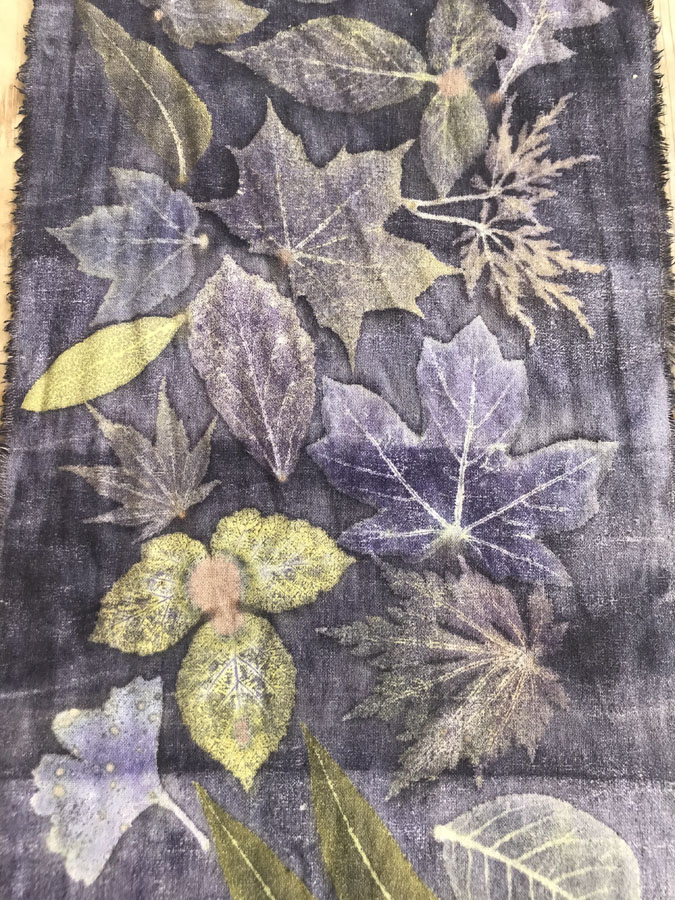

15 Nov ART 718-Dyes and a bit about dyeing technology
source: https://encyklopedia.pwn.pl/haslo/barwniki;3874777.html
dyeing plants, plants belonging to various families, containing colored substances (dyes) belonging to various groups of organic compounds, sometimes with a very complicated structure;
plant pigments occur in all organs, e.g. blue), coral viburnum fruit, elderberry fruit (red), oak bark (brown and black), nettle leaves, and bird cherry bark (green); from plants of foreign origin, e.g. Lawsonia leaves give red or yellow dye (henna); turmeric roots (yellow); acacia wood, Acacia catechu (olive, green, brown, black); the oldest dyeing plants include, among others: indigo (a blue dye made from the leaves – indigo), formerly used to dye cotton; of over 2,000 knowns Currently, only a few species of dyeing plants are used, including: in the food and perfume industries and for dyeing leather, wood, fabrics, kilims, carpets, and folk costumes
fiber dyeing, fiber dyeing, technol. a set of operations that result in dyeing the fiber, the so-called coloring in accordance with the assumed color and performance parameters.
The dyeing is the result of physicochemical processes occurring between the dye and fiber molecules. Because of these processes – the adsorption of the dye, its dissolution in the fiber, and chemical reactions. between dye and fiber molecules – occur in parallel, but to varying degrees, depending on the type of dye used and the fiber being dyed, therefore it is not possible to explain fiber dyeing on the basis of one common theory.
Dyeing is carried out in dyeing apparatuses – dyeing machines (dyeing machines), in which the dyed product comes into contact with a dyeing bath – most often an aqueous solution or suspension of the dye with the addition of auxiliary substances (including dispersing, wetting and leveling substances). There are three basic types of dyeing machines: 1) dyeing machines in which the dyed product is in motion and the dyeing bath is stationary (e.g. padding machine, jig machine, strip dyeing machine); 2) the product is immobilized and the bath circulates (circulation apparatus); 3) the dyed material and the bath are in motion (e.g. nozzle dyeing machine). Dyeing is carried out at temperatures up to 100°C or at 135-140°C (dyeing of synthetic fibers); the heating factor in the dyeing bath is usually steam.
Due to the different structures of natural cellulose fibers (cotton, linen), protein fibers (wool, natural silk), and various chemical fibers, each of these fibers requires different pre-treatment and the use of different types of dyes, e.g. natural cellulose fiber is dyed with dyes. direct, sulfur, vat, ice, protein fibers – mainly acid dyes, polyester fibers – disperse dyes, polyacrylonitrile fibers – basic dyes.


Sorry, the comment form is closed at this time.